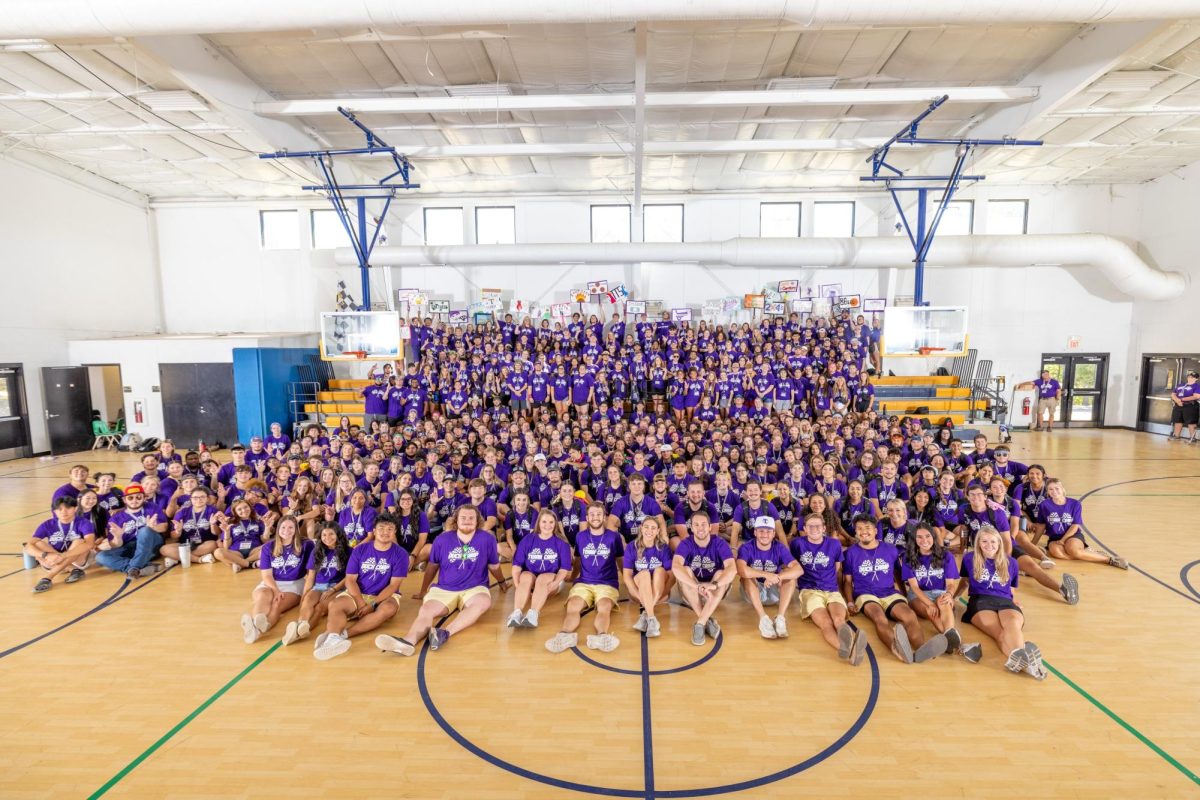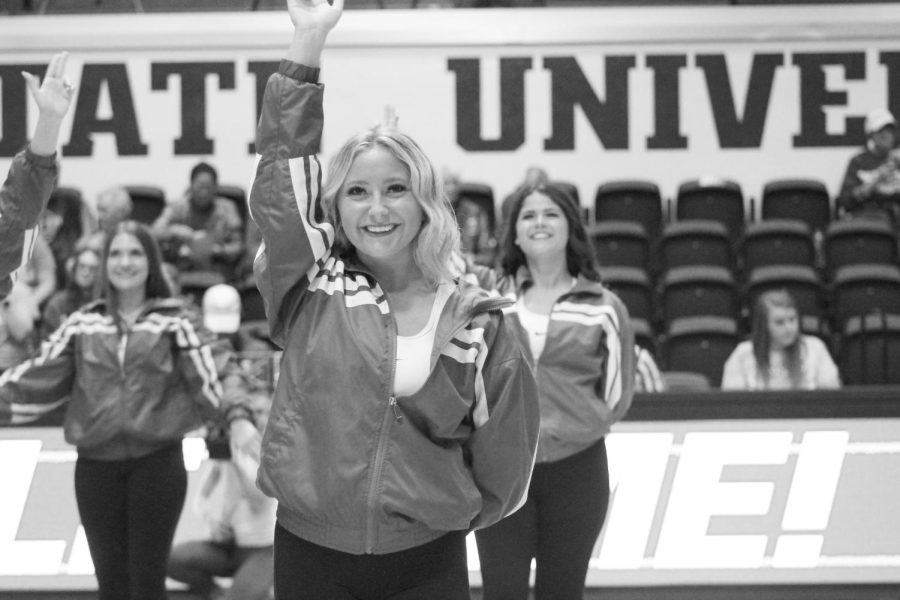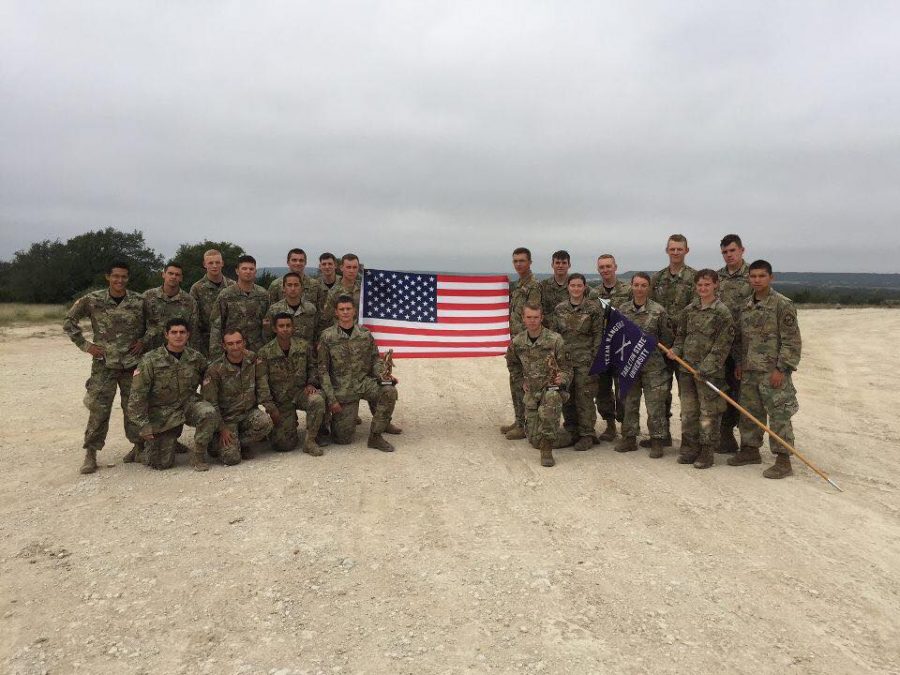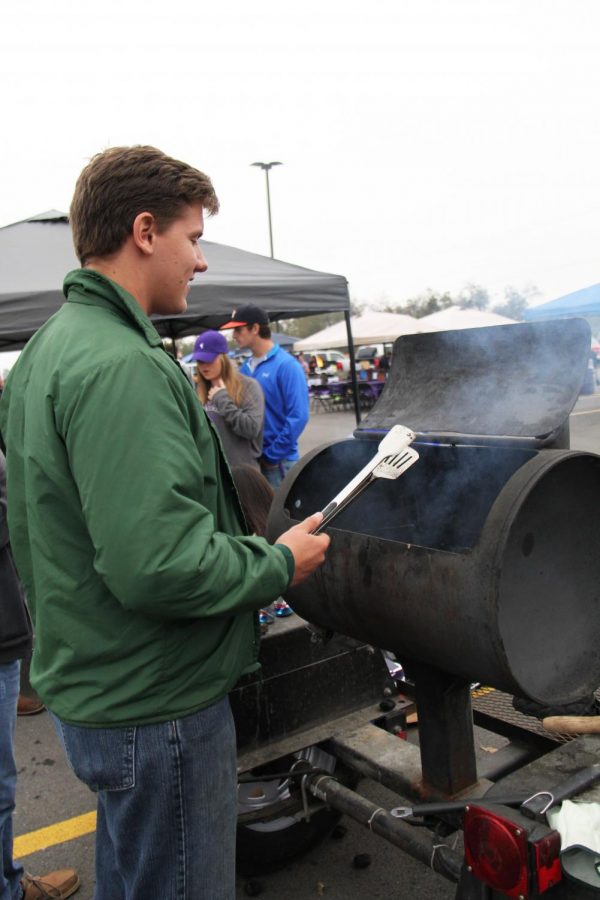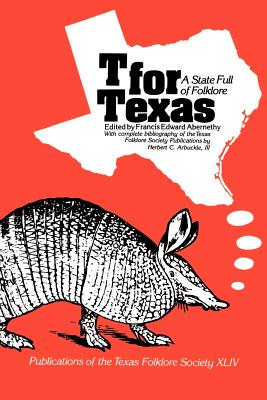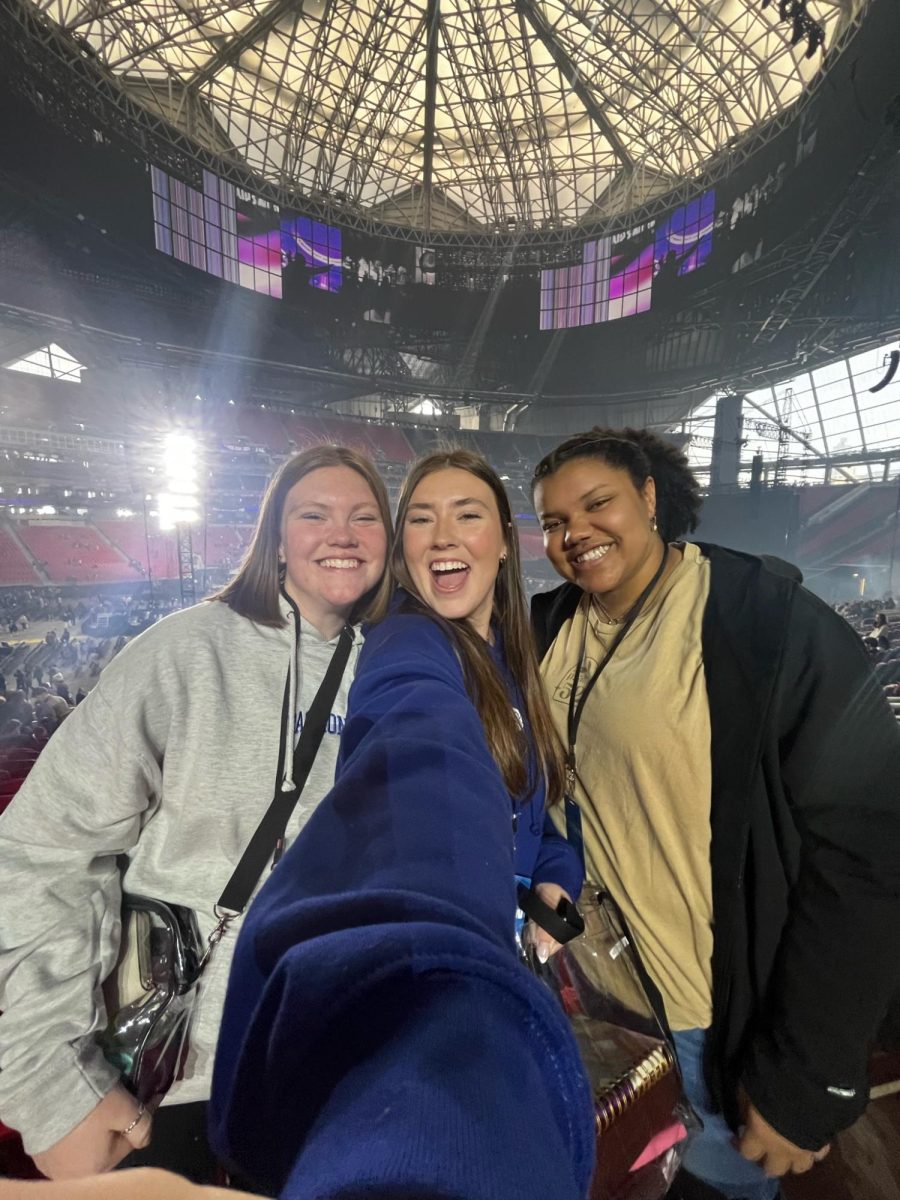Tarleton State University’s Mayfield College of Engineering was chosen to compete in NASA’s CubeSat Launch Initiative (CSLI).
There were 21 universities that applied to this program, and Tarleton State was one of only eight schools that was chosen by NASA, the U.S. Space Force, and the U.S. Air Force to participate in this program called the University Nanosatellite Program (UNP), and was the only school from Texas chosen.
This program ran from May to August this year. The students involved in this program spent some time in New Mexico and at NASA’s Kennedy Space Center to learn in-depth knowledge on satellite and system engineering, and also real-world application on working in the space industry.
Additionally, each team will construct a proposal that addresses a problem faced in the space industry.
“We are not looking to immediately solve the problem, but to provide a pathway to understand the problem better or to get closer to a solution,” Dr. Rafael Landaeta, Dean of the Mayfield College of Engineering, said in the Tarleton State News Official Release.
Tarleton State University’s team proposal addresses the issue of space debris. A problem faced by satellites is that space debris is reflected as stars in the cameras of the satellites, making it difficult to recognize it. Tarleton State’s team has designed a cube-shaped satellite model with three separate cameras. This satellite utilizes artificial intelligence (AI) in order for the satellite to distinguish space debris from stars.
“There are many critical aspects in a project of this magnitude, so there’s a lot of work to do, but it’s an exciting time,” Dr. Landaeta said.
The Tarleton State team has had help from two NASA-affiliates.
Dr. Michael Weeks is an engineer who previously worked for NASA on small satellites, and was also involved in the Orion Space Project. Dr. Weeks is now an engineer at the Johnson Space Center.
Kimberly Wright is an engineer who works on flight control for the International Space Station, and has experience working on cube satellites.
These proposals will be presented by each team in Albuquerque, New Mexico at the program’s end in August. The team with the winning proposal will have the opportunity to fly their experiment in a satellite to space.
“We plan to use this as a way to educate our engineering students as a capstone senior-designed project,” Dr. Landaeta said. “Our students have been and will continue to be heavily involved in the satellite design.”
Regardless of if Tarleton State University’s team proposal is chosen, the participation in this program could lead to an expansion of the space-related education at Tarleton State, such as system/satellite engineering and aerospace studies.
This program has helped not only the students involved, but students watching and learning about this program, to encourage them to pursue a career in space.



